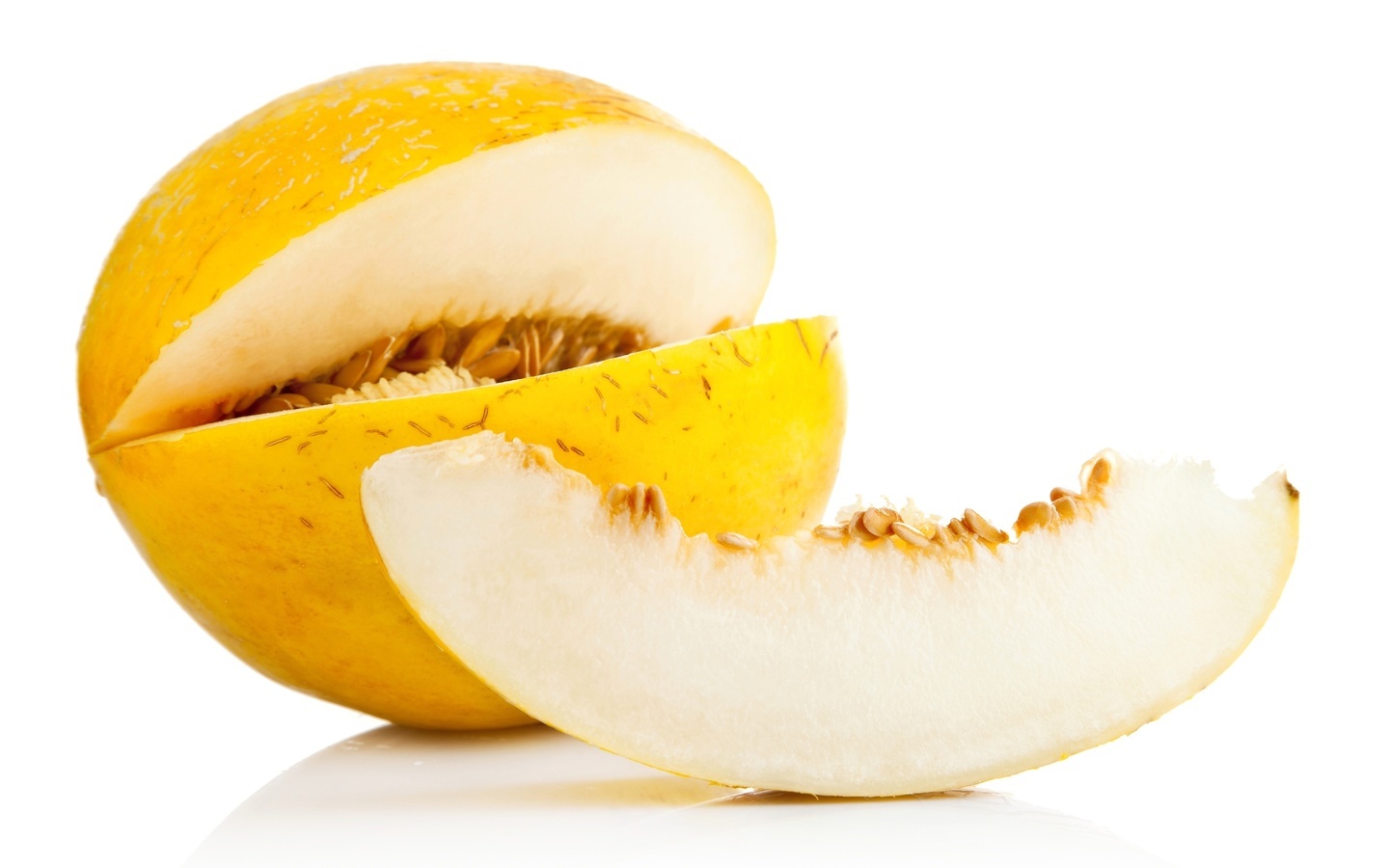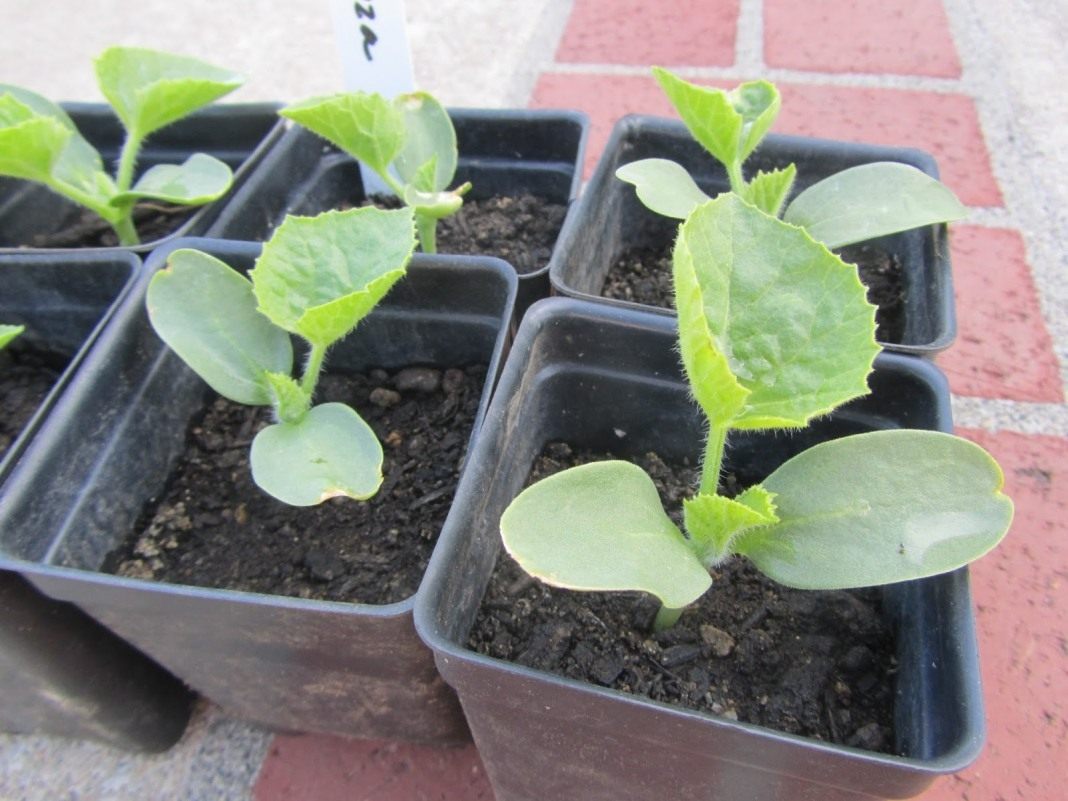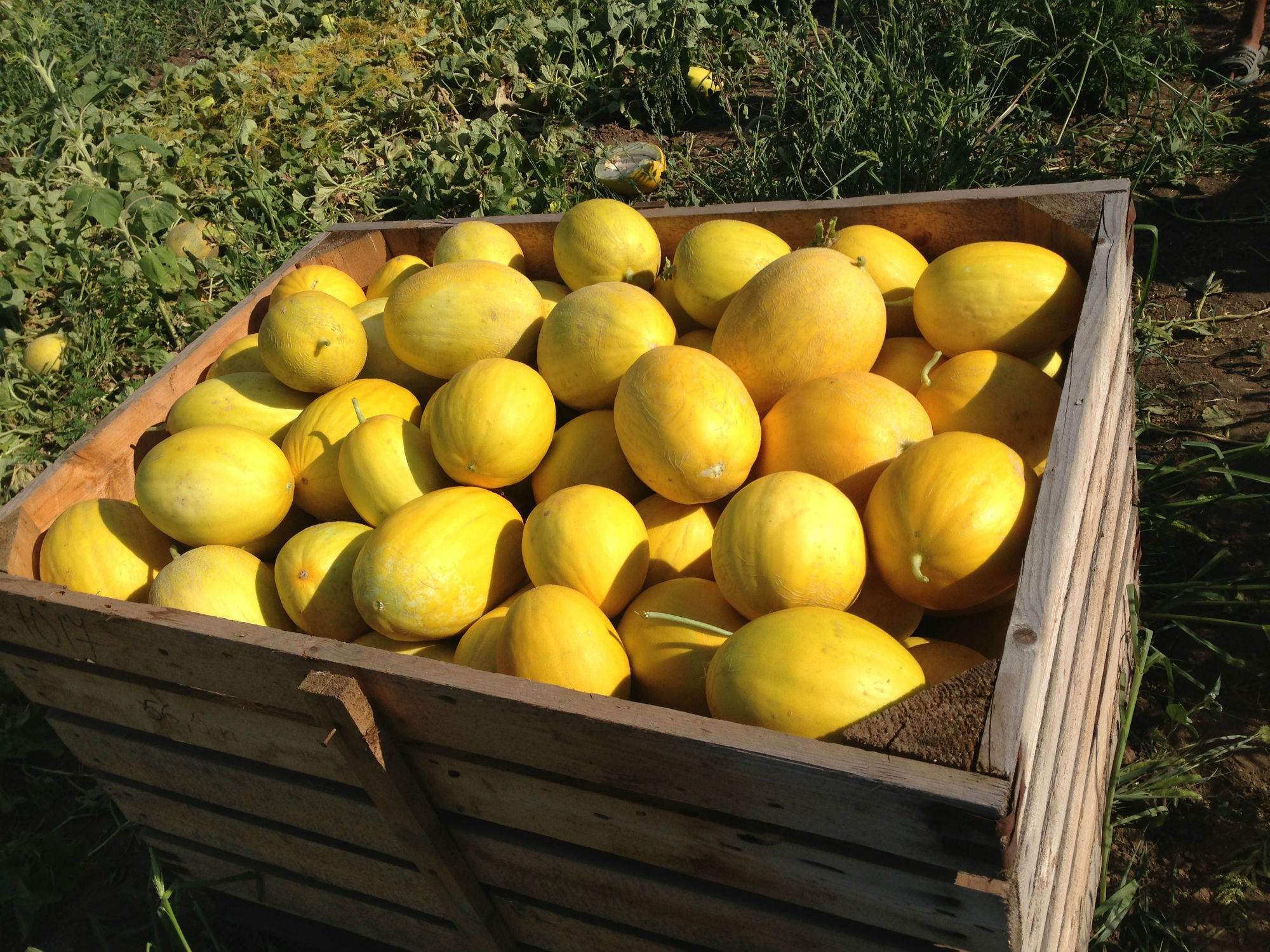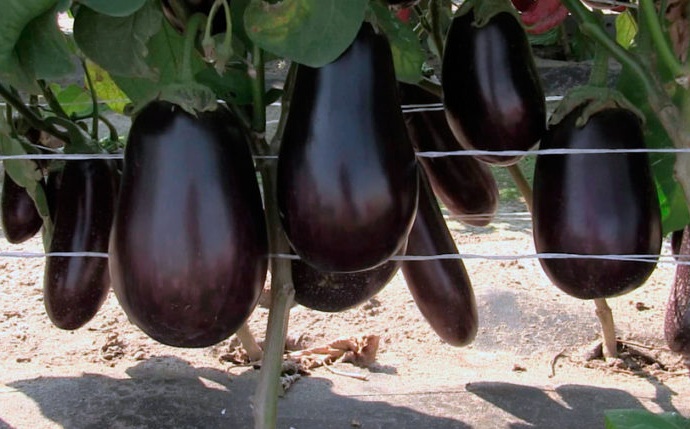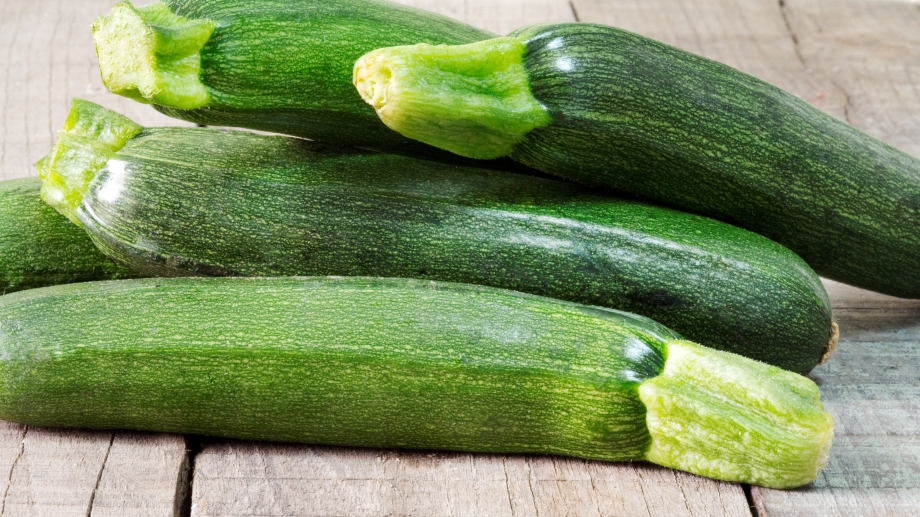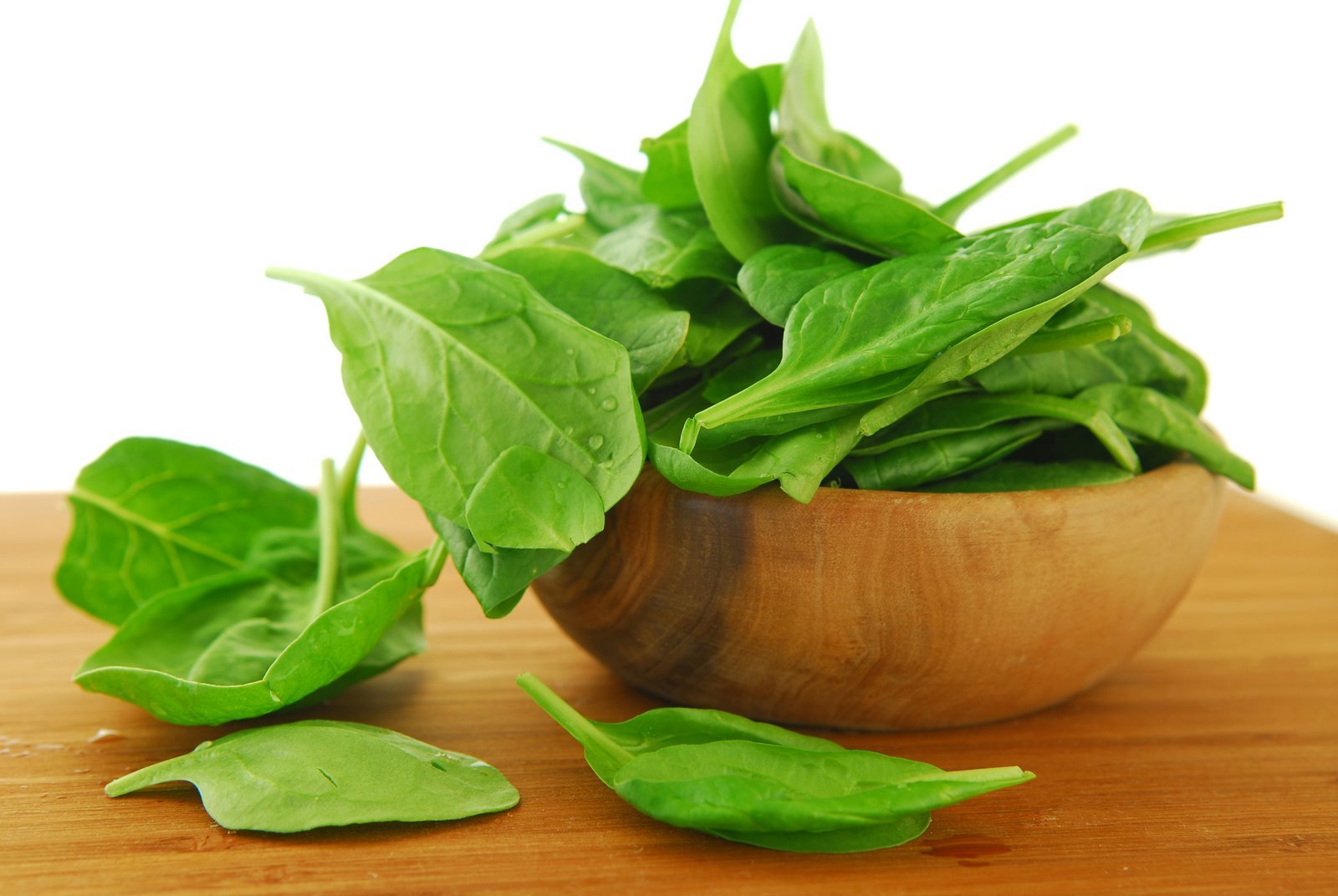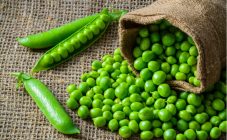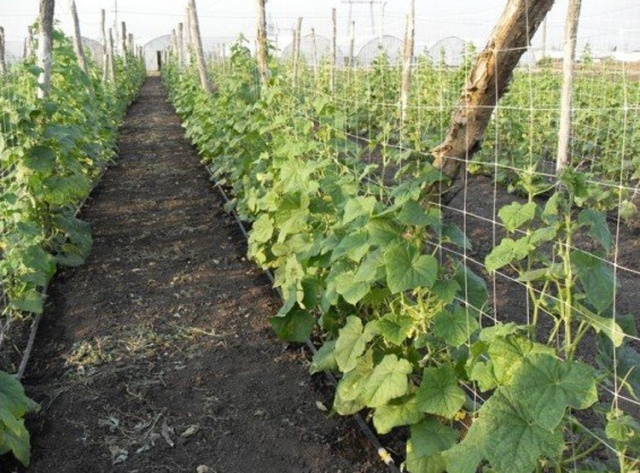Content:
Melon is a rather delicate and whimsical plant that requires certain cultivation conditions. The cultivation of this melon culture is possible mainly strictly in the southern regions. However, the Kolkhoznitsa melon variety is grown even in mid-latitude climates in the open field.
Description of the melon Kolkhoz woman
This melon variety is ideal for the Moscow region, as well as the harsh climatic conditions of the Volga region, the Urals and Siberia, which are considered regions unfavorable for gardening, where it is impossible to grow berries without planting them in a greenhouse.
This varietal melon variety gained fame among gardeners and gardeners in 1943 thanks to generous harvests, pleasing with their quality even in rainy summers. The fragrant and sweet fruits of the Collective Farm Woman are rather small, weighing no more than one and a half kg. The pulp is juicy and snow-white, with a thin delicate skin.
Holland, Italy, France, Japan and Bulgaria are ideal countries for cultivating melons in greenhouses. In Russia, they began to grow the collective farmer in greenhouses in the nineteenth century, but this practice was not very common.
Already in May, in mid-latitudes, you can enjoy the harvested crop, if you follow the necessary requirements and care conditions.
Advantages and disadvantages of the Kolkhoznitsa variety
Gardeners prefer to plant this variety due to its significant advantages over others:
- great taste;
- tolerates strong fluctuations in ambient temperature;
- high transportability.
There is only one drawback in the characteristics - a short shelf life. In order for the fruits to lie even a little longer, the crop must be harvested a little unripe.
Melon kolkhoz woman: growing in the open field
To grow a collective farmer's melon in the open field, you need to choose a sunny place for the garden, hidden from the wind, with fertile, generously fertilized soil. It is recommended to prepare the garden in the fall, digging up the selected area for planting and fertilizing the soil with organic matter.
Sand can be added to clay soil to give it the necessary looseness.
In the spring, the garden must be dug up again and fertilizers containing potassium and phosphorus must be added to the soil. Only after all these procedures can you start planting seedlings in a permanent place.
Experienced gardeners who have been breeding melons for more than one year are advised to harden the seeds before sowing. For this you need:
- pour the seeds with water at a temperature of 36 degrees;
- take out the seeds and keep them in an environment with room temperature for 24 hours;
- keep the seed at 0 degrees for 20 hours;
- return seeds to normal environment.
These procedures must be repeated at least three times 7 days before the intended landing.
Seeds are planted in small pots, two pieces at a depth of at least 4-6 centimeters. Before the emergence of shoots, a box with soil is placed in a place with an ambient temperature of up to 22 degrees during the day and at least 14 at night. The first shoots appear in about a week. After the seedlings release on the third leaf, they pinch it, provoking the formation of lateral processes.
Landing in the ground
When the frost ends, the earth dries up, becomes warm and crumbly, you can form a bed for melons, protected from the cold wind and heated by the sun.
There are two ways to plant melons in the ground:
- Landing in a high bed. Lay the finished manure around the entire perimeter of the garden bed in a 20 cm layer. Make sides from manure by forming a box. Strengthening the beds with boards will prevent the sides from washing out. Fill the bed-box with earth from the garden, also with a layer of about 20 cm. This melon bed will last for many years if you add fresh soil to it and raise the sides. Plant the seedlings in the ground, completely covering the roots. Make a hole, water it well, then plant the melon. Press the roots tightly with earth, there is no need to water from above. For the time of acclimatization, you need to create a shadow curtain. You can cover each seedling with a burdock leaf, change it every day, or cover it with a non-woven material. Melons stop withering in the afternoon after 3-5 days. Water abundantly in the evening when the beds can be opened.
- Landing in a regular bed with large holes. Pits should be made 30 cm apart, rows 60 cm apart. In each hole put one spoon of azophoska or "Field of Wonders", or rotted manure. Cover everything from above with fertile soil, water abundantly and plant melons. Cover the roots thoroughly with damp earth, and sprinkle dry on top to avoid moisture evaporation. The rest of the care does not differ from that described in the first method.
Watering features
In order to successfully grow a collective farmer's melon in the open field, you need to take into account the peculiarities of watering. The variety is strikingly different from its "sisters" in unpretentious care, however, ignorance of the basic rules of agricultural technology can deprive the gardener of the chance to get a rich harvest.
The interval between watering is determined by weather conditions and the age of the plants. After planting seedlings in a permanent place, you should always keep the soil moist for one and a half to two weeks, watering once every 2-3 days. Gradually, the interval between watering increases to 6-7 days. If the summer is sultry, then you will have to moisturize the substrate every day.
Important! Two weeks before harvesting, watering completely stops, then the melons will be as sweet as possible, and the skin will not crack.
The volume of watering for freshly planted seedlings is about 1.5-2 liters, and for adult plants, about 3.5-4 liters. It is preferable to water the melon early in the morning and then gently loosen the soil. Water should be poured into the furrows between the rows, or grooves should be dug around the base of the stem. A drip irrigation system is ideal for this crop, but unfortunately it is technically very difficult to organize it. You cannot water the Kolkhoz woman by sprinkling or from a watering can and a hose. Falling on shoots and leaves, drops of water provoke rotting, falling of flowers and fruit ovaries, especially if you use cold water. Watering under the root instantly washes away the substrate, exposing the roots, thereby exposing them to drying out.
Feeding methods
Feeding the melon once a fortnight will provide it with the necessary macronutrients and create conditions for proper development. The first procedure is carried out 2 weeks after the seedlings are planted in the ground. Before the formation of ovaries, the culture must be fertilized with nitrogen. Carbamide, ammonium sulfate, ammonium nitrate - fertilizers rich in this macronutrient will not be difficult to find and buy. They can be applied both dry, spreading over the garden bed after loosening, and diluting with water.
Important! The plants will benefit from a solution of only a weak concentration, no more than 15 g of the product per 10 liters.
Pests and diseases
Melon, like other horticultural crops, is susceptible to numerous diseases that reduce weight and spoil the great taste of the fruit. Infection can occur due to poor-quality soil composition or seed fund, due to the presence of weeds or plant residues from the last season on the site.
- Powdery mildew most commonly affects melons. It can be recognized by a specific white bloom on the leaves and stems of plants. This disease causes the culture to dry out.Falling foliage slows down the growth of fruits, thereby impairing the quality of the crop. However, the Kolkhoz Woman shows excellent resistance to this disease.
- Fusarium is the second most common disease. Infection occurs through the remains of vegetation and seeds in the soil. The disease rapidly affects plants, causing their death within several days. You can prevent infection with this virus by treating seedlings with a special chemical composition.
- The cucumber and watermelon mosaic virus is a fairly common insidious disease. Plants become infected through contact with aphids that carry pathogens. The danger of this disease is that it affects the melons during the second phase of the vegetative stage of development, which halves the yield.
Adhering to the advice of experienced gardeners and gardeners, you can get a harvest that is striking in the richness and quality of fruits. The only drawback is that the shelf life of the melon is very short. But you can also find a way out of this situation. Dried melon does not lose its wonderful taste at all. Moreover, candied fruits retain all useful elements and vitamins.
